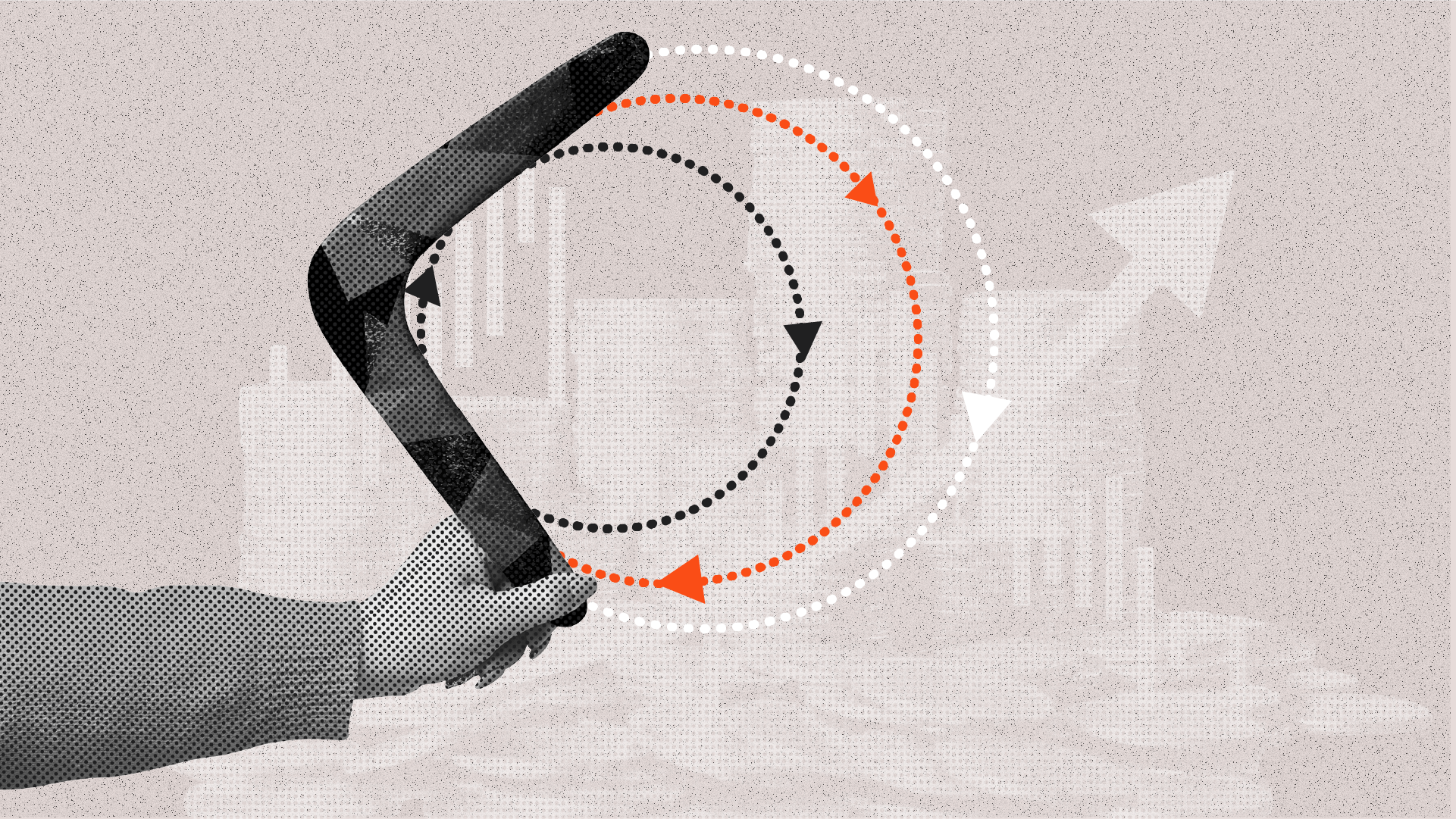
Investing in your retirement is different to investing while you are still working and adding to your super.
A key question for investors when approaching retirement is how to maintain access to savings and invest for a regular and predictable income, ideally without eating into capital?
Typically, your financial goals change when you retire. You may want a regular reliable income stream, which usually means you want to take less risk when it comes to investing.
While this approach makes sense, it’s also worth considering how long you need your money to last. Having it all invested in a low-risk strategy over decades may not provide the growth you need for your money to fund your lifestyle in retirement.
It’s important to take the time to understand your investment options and how they could help to grow your nest egg over the course of your retirement.
Planning for retirement
Planning for retirement starts with thinking about your retirement goals and your timeframe to meet them.
One of the most challenging aspects of creating a retirement plan is achieving a balance between realistic return expectations and your desired standard of living.
The best solution is to focus on creating a flexible portfolio that can be rebalanced simply to reflect changing market conditions and retirement objectives over time – this is where ETFs may come in.
With the range of ETFs available on the ASX, offering exposure not just to equities, but also to cash, bonds, hybrids, commodities and more, it’s possible to build a diversified and flexible investment portfolio suitable for a range of financial goals, with just a few ETFs.
Learn more about how to build an ETF portfolio.
Explore our portfolio builder.
Your current age, the age you expect to retire and your risk tolerance will typically guide your retirement strategy. The longer the time until your retirement, the higher the level of risk your portfolio can withstand.
Many people think about increasing their super contributions in the lead-up to retirement as well as investing outside of superannuation.
Risk averse investor
A risk-averse investor describes someone who chooses preservation of capital over the potential for a higher-than-average return.
An investor moving into the retirement phase, or already retired, may identify as being more risk-averse, given their shorter time horizon and need to access capital more regularly than an accumulator.
This may mean adjusting your asset allocation from higher-risk investments for capital growth, to focusing on investments with a lower risk profile and the potential to earn higher income.
Balanced risk profile
A balanced investment portfolio typically is made up of around 50% defensive assets and 50% growth assets, with an investment timeframe of around five to seven years.
Conservative risk profile
A conservative investment portfolio typically is made up of around 85% defensive assets and 15% growth assets, and a timeframe of around three to five years.
Learn more about risk profiles and defensive vs growth assets.
Risk mitigation strategies
Managing the risk in your investment portfolio approaching and during retirement is an important part of your investment journey planning.
Here are some ways to manage the volatility of growth assets throughout your retirement.
- Adjust your spending to portfolio performance
- Draw from a buffer asset outside of your investment portfolio to support spending if your portfolio underperforms
- Consider your allocations overall to reduce portfolio volatility
- Re-evaluate your diversification, for example, within equities, you could consider diversifying by investing in sharemarkets in different regions and across various sectors
Another strategy to help reduce the volatility in a portfolio is to keep some percentage of your portfolio allocated to cash or to a cash ETF.
This may keep you from having to sell other assets in times of need – which could result in a loss if the market is down.
The appropriate amount of cash to hold varies depending on your timeline and goals.
Just remember, if too much money is kept in cash for the long-haul, it’s worth considering whether you will be able to keep up with inflation long-term.
Funds to help manage risk
While volatile markets can rattle even the most seasoned investor, such volatility can be particularly detrimental for an investor needing to rely on their portfolio to fund lifestyle needs in the short-term.
Investors approaching retirement may not have the time to ‘ride out the storm’ and recover from market losses.
Investors seeking diversified equity exposure but concerned about uncertain financial markets may wish to consider the Betashares Managed Risk Funds.
The Funds provide exposure to either Australian or global shares, while seeking to mitigate the impact of market volatility and the risk of large drawdowns during declining markets.
Learn more about the Betashares Managed Risk funds.
Rebalancing your portfolio
The primary objective of portfolio rebalancing is to safeguard investors from being overly exposed to undesirable risks. Therefore, it’s essential for an investor in the retirement phase.
Consider a retiree with a target asset allocation of 30% stocks/70% bonds. Without portfolio rebalancing during a period in which stocks performed well, the composition of the portfolio might change to 45% stocks/55% bonds.
This leaves the investor more exposed to stocks, and risk more generally, than may be intended.
Learn more about portfolio rebalancing, including how and when to do it.
Retirement investment options
Typically, the closer you are to retirement, the more your portfolio should be focused on income and the preservation of capital. This could mean a higher allocation to fixed income investments, that will be less volatile than equities and provide income you can live on.
Equity income funds may be suitable for an investor looking for relatively high yields, a regular income stream, and exposure to equities.
Exploring growth options in retirement
While investors and retirees alike should consider investing in assets for income/yield, it’s worth maintaining allocation to growth assets to some extent.
The evolution of the ETF industry’s offerings has made many thematic exposures accessible, allowing investors to access high-growth areas of opportunity that traditionally have only been associated with active managers, such as cybersecurity, robotics, cloud computing and clean energy.
Thematic exposures are best suited for investment portfolios as satellite allocations account for a lower allocation within a diversified portfolio.
Learn more about thematic investing.
Learn more about asset allocation in retirement, including how to tap into pockets of growth and to review core exposures to keep overall portfolio costs low with ETFs.
Investing in retirement checklist
- Start planning for retirement as soon as you can to take advantage of the power of compounding
- Retirement planning should include determining your time horizon, estimating your expenses and assessing your risk tolerance
- Ideally, your portfolio should maintain a growth component, particularly in your younger years, before shifting focus from growth to defensive in later years
- As your retirement plans evolve through the years, your investment portfolio should be rebalanced to adjust to your time horizon and risk tolerance
- Pay attention to investment fees since they can make a significant difference to your returns over time, and therefore your retirement funds
Continue learning about investing for different stages
Funds to consider for retirement investing
| ASX Code | Fund Description |
|---|---|
| UMAX | Betashares S&P 500 Yield Maximiser Fund (managed fund) – Earn high income from a diversified portfolio of U.S. shares |
| HVST | Betashares Australian Dividend Harvester Fund (managed fund) – Access an attractive, tax-effective monthly income stream from Australian shares |
| WRLD | Betashares Managed Risk Global Share Fund (managed fund) – Exposure to a broad portfolio of global shares, with opportunity for a smoother investment ride |
| AUST | Betashares Managed Risk Australian Share Fund (managed fund) – Exposure to a broad portfolio of Australian shares, with opportunity for a smoother investment ride |
| RINC | Betashares Martin Currie Real Income Fund (managed fund) – Earn attractive, sustainable income, expected to rise with inflation, from an actively managed portfolio of companies that own ‘hard’ physical assets, such as property, utilities and infrastructure |
| EINC | Betashares Martin Currie Equity Income Fund (managed fund) – Opportunity to earn an attractive and growing income stream, paid quarterly, from an actively managed portfolio of high-yielding, high-quality Australian shares |
This information is general in nature and does not take into account any investor’s objectives, financial situation or needs, so investors should consider its appropriateness having regard to these factors. It is not a recommendation to invest or adopt any investment strategy, and you should speak to a financial adviser.
Betashares Capital Ltd ABN 78 139 566 868 AFSL 341181 is issuer. The relevant product disclosure statement (“PDS”) and Target Market Determination (TMD) for each Betashares fund is available on the Betashares website (www.betashares.com.au). Investing involves risk.

Written by
Holly Morgan
Content Manager


